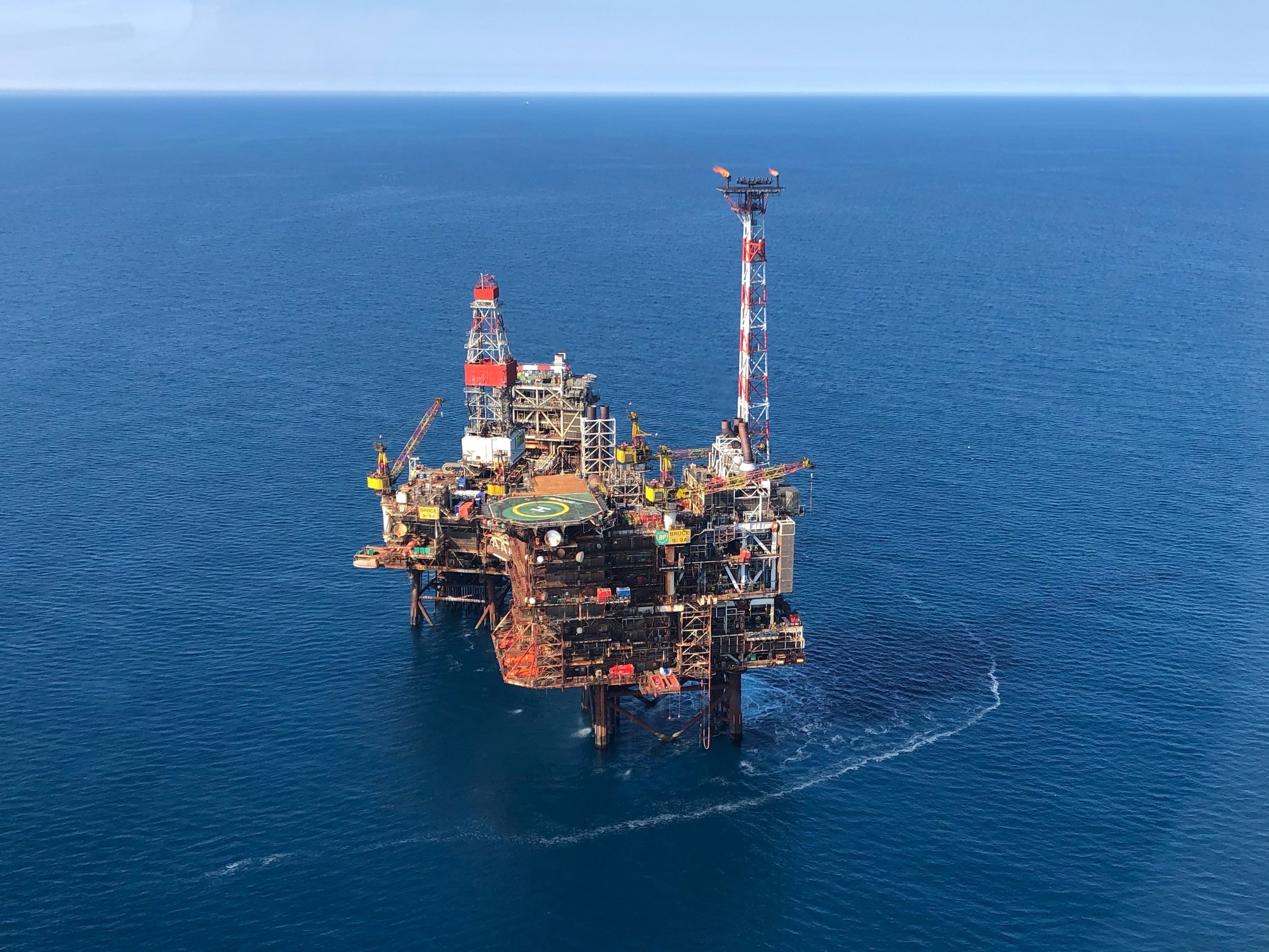
Uncertainty relating to Iran and the US-China trade war has led volatile oil prices and the postponement of a key OPEC meeting. The recent exchange of words between US and Iranian leaders has not calmed markets.
President Trump recently threatened the “obliteration” of parts of Iran, while Iranian President Rouhani said Mr Trump was “mentally handicapped.”
Both the US and Saudi Arabia blame Iran for a string of recent attacks on tankers and oil infrastructure. Iran denies responsibility, but recently came close to the brink of war by shooting down a US drone. US President Trump cancelled a retaliatory American strike at the last moment. US sanctions have since escalated, having already hit Iran hard. In April 2018, Iran was exporting 2.5 million barrels per day. That figure has now crashed to 300,000. President Trump has vowed to reduce Iranian oil exports to zero.
Against this chaotic background, Saudi Arabia was instrumental in postponing a key OPEC meeting until 1 July. This postponement gives room for manoeuvre. The forthcoming OPEC meeting will review the 14-member group’s oil production levels in an effort to support prices. The price of Brent crude currently hovers around $65 per barrel. Yet IMF officials estimate that Saudi Arabia needs oil to be priced at $80-$85 a barrel to balance its budget. However, President Trump has urged Saudi Arabia to lower prices by boosting production. Saudi Arabia must balance keeping its US ally happy, while maintaining strong oil prices.
It’s believed that another reason for delaying the OPEC meeting was to await the outcome of the June 2019 G20 Summit. A summit breakthrough in resolving the US-China trade dispute could lead to a higher global demand for oil, which may also influence OPEC’s decision as to production levels.
Russia is a leading player in the group of 10 non-OPEC oil producing nations that has allied with OPEC to cut output, and boost oil prices. Saudi Arabia is widely seen as the leading player in OPEC. The alliance of OPEC and the ten-member group has become widely known as OPEC+. OPEC+ – largely led by Saudi Arabia and Russia – has successfully co-ordinated an ongoing decrease in oil production of 1.2 million barrels per day.
However, Iran has expressed unease at Saudi Arabia’s apparent collaboration with Russia. The Iranian Oil Minister was widely seen to be criticising Saudi Arabia when he suggested some OPEC members were “taking OPEC towards collapse … by instigating infighting in OPEC” and acting with hostility to Iran.
It is widely believed that the OPEC+ deal to cut oil production by 1.2 million barrels per day will be extended for the rest of 2019. However, if escalating conflict with Iran suddenly boosts prices, or if the US-China trade dispute is resolved, it is possible that OPEC+ could consider a smaller cut in production adequate to maintain price levels. On the other hand, if US-China dispute suddenly escalates, even greater city may be viewed as necessary.
Such remarkable political and economic and uncertainty has led to OPEC’s recent “wait and see” approach. For now, the only certainty seems to be further uncertainty.
Zoya Burbeza is a Solicitor at Zaiwalla & Co.
Recommended for you
